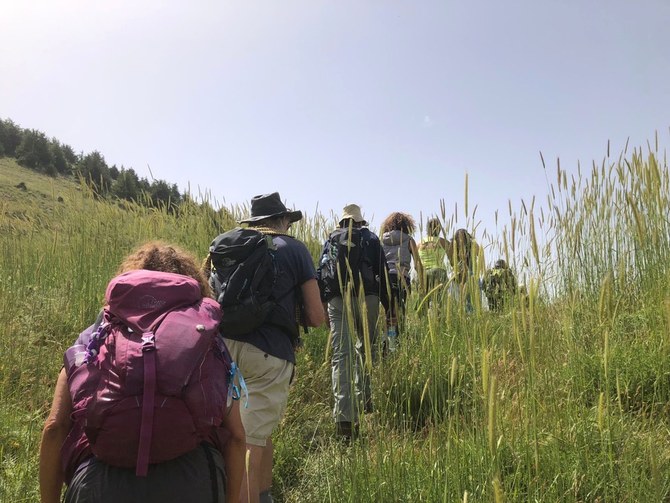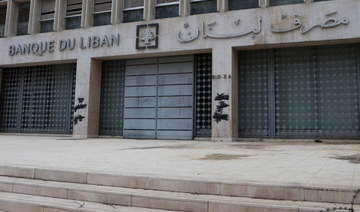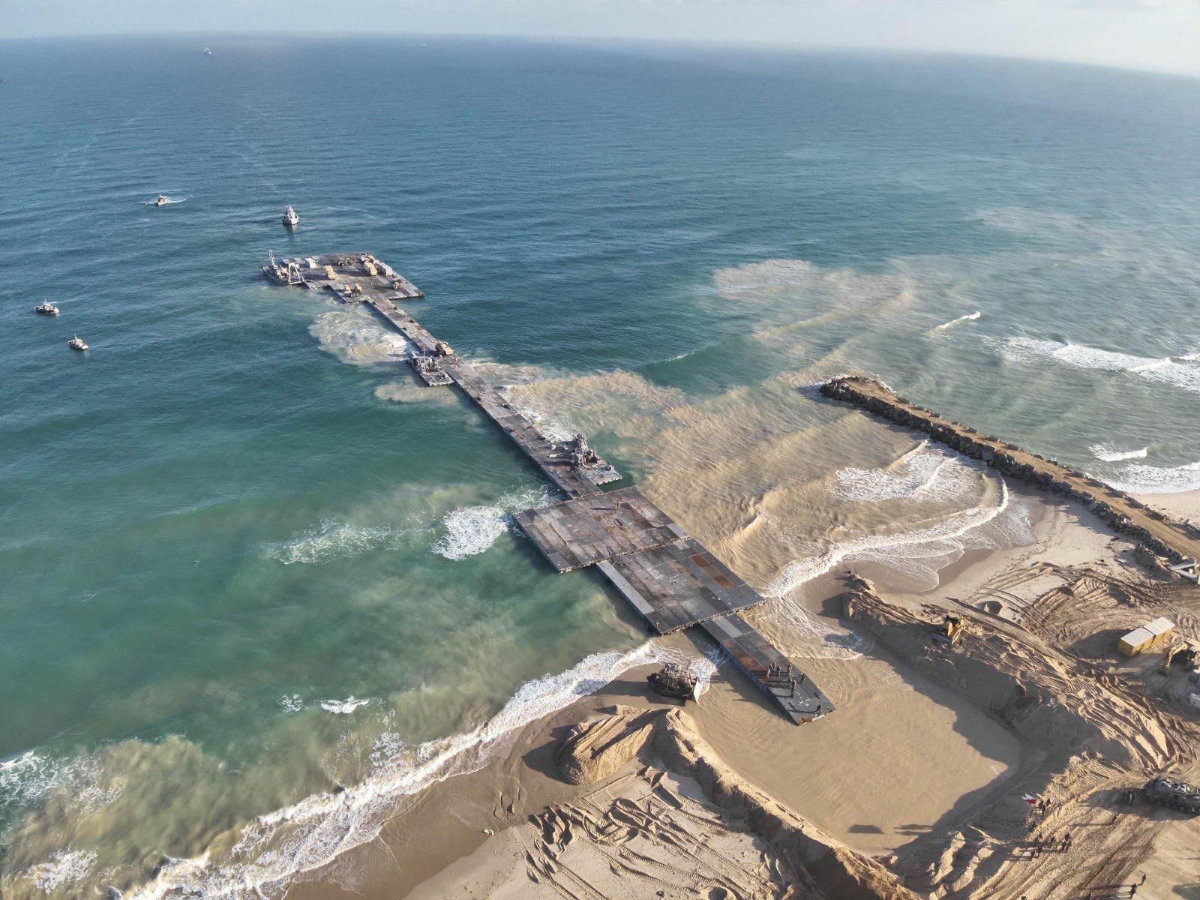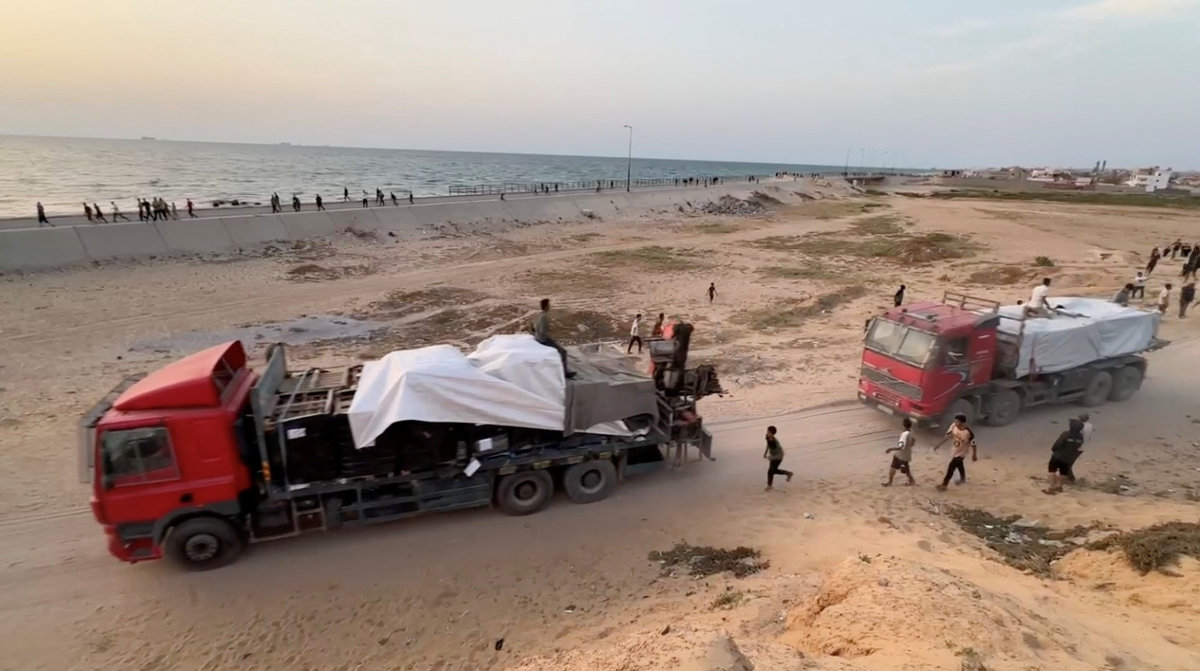BEIRUT:As the people of Lebanon continue to suffer the effects of a long-running economic crisis, public spaces in Beirut are increasingly plastered with posters advertising businesses and groups that offer hiking trips in the country.
The ads, complete with scenes of joyful people enjoying relaxing and stress-free adventures in the great outdoors, are widely shared on social media.
It is perhaps not surprising that many people in Lebanon are seeking refuge in nature as a respite from their worsening day-to-day economic situation, including a currency that has lost most of its value in the past four years. This prevents many from traveling abroad and, as a result, they have turned to domestic tourism for a break from the harsh realities of life, particularly rural tourism.
Expatriates returning home for visits are also attracted to outdoor activities, perhaps for a dose of nostalgia after being forced to leave their country to make a descent living, especially in the past few years.
But the trend began before the current crisis. Hiking has been developing as a collective activity in Lebanon for more than a decade, with young men and women forming groups and associations that cater to people with a shared interested in the activity and organize outings for them.
As well as providing a welcome escape from the stresses of daily life, their efforts have also contributed to raising awareness of environmental issues, enhancing the concept of eco and rural tourism, and helped efforts to document wildlife and preserve endangered plant species.
“We have a trail that stretches 154 kilometers across Lebanon, from north to south, passing through 76 villages,” said Omar Sakr, executive director of the Lebanese Mountain Trail Association.
“It reaches altitudes ranging from 600 to 2,000 meters above sea level and we have been developing it for 15 years, ever since we established our association.”
The association has developed a literary-themed trail in Baskinta that includes a number of landmarks related to more than 22 Lebanese writers and poets, including Mikhail Naimy, Amin Maalouf and Abdallah Ghanem.
Founded in 2007 with funding from the US Agency for International Development, the mountain trail stretches the length of the country and passes through three nature reserves, including the Bcharre Cedar Reserve and Barouk Forest. The association organizes two major hikes each year, in April and October. In addition to locals, they attract foreigners who come to the country especially to take part.
The more-recently established hiking trails for people of all ages join dozens of long-established routes in the mountains. The increased attention they are bringing to environmental issues is very welcome, according to officials.
“What is equivalent in importance to Lebanon’s biodiversity is sustainable economic activity,” said Nasser Yassin, the caretaker environment minister.
“Despite the losses suffered by forests last year, the forest cover in Lebanon is still relatively good but we lack proper management in this field.”

Hikers are advised to wear comfortable clothing that is appropriate for the conditions, including sturdy shoes to help prevent slipping and injuries on slopes and hills, and to carry one or two walking sticks to aid balance and support, especially in high, mountainous areas.
“Hiking flourished during the COVID-19 pandemic as Lebanese people turned to nature, making it a trend,” said Sakr. “The increasing number of people taking up hiking is evident from the proliferation of sportswear stores selling hiking gear.
“Politics and sectarianism are prohibited while hiking. It is a national sport and that’s how we want it to be and it should be. People, while hiking, are constantly amazed every five minutes by breathtaking natural scenes with unique characteristics.
“They get to experience the different accents of the villagers from one town to another and discover dishes they were not familiar with. Through mountain trails, people rediscover a cultural heritage that has been passed down through the years.”
In the spring, as the snow on mountain peaks starts to melt, many hikers head for trails in areas known for their spectacular waterfalls, including Balou Balaa, Kfarhelda-Kaftoun, Jezzine Waterfall, and Al-Kfour.
During the summer, many hikers explore protected areas, rivers and lakes, such as Chouwen Lake, Yahchouch, Sirjbal, Al-Jahiliyah, Tannourine Cedar Reserve, Qadisha Valley, Bentael Reserve, Mseilha Walkway, Falougha Lakes, Assi River, Baskinta, Bcharre Cedar Reserve, Chnaniir Reserve, Shouf Cedar Reserve, Chabrouh Dam, Ammiq, Moukhtara, Ehden Forest, Qammouaa Valley, Jabal Moussa Reserve, Mtein, Qurnat es-Sawda, Sannine, Baakline-Ashqout, Bab Ouadi Jhannam, Al-Qoubaiyat, Al-Azr Forest, Aayoun Orghosh, Laqlouq, Qaraoun, and Marjayoun.
“Seeing the colors of nature brings tranquility and peace to the soul and reduces the stress of work and life in Lebanon,” said Ghada, an avid hiker in her 40s. “It is a process of relaxation in nature that heals us and helps us navigate our lives with minimal obstacles.”
Fellow hiker Mona, 60, said: “With every step you take, you find yourself amazed by an ancient tree, the unfamiliar chirping of a bird, a flower that grows among rocks, and the sound of fresh waterfalls transforming into rivers and streams.”
She expressed surprise at the neglected state of the environment in the Akkar region. This failure to properly preserve Lebanon’s natural splendor is something that some groups and organizations are working to address.
The Darb Akkar association for example, which started out by organizing hiking trips, has evolved and now undertakes environmental and scientific work. For example, its members have documented rare types of orchids, tulips and wild Basalt flowers found on the slopes of the Qurnat Es-Sawda mountains, 2,500 meters above sea level.
In addition to the environmental and conservation benefits from the boom in hiking, it also gives communities along the trails the opportunity to market their products and build relationships with people from other places, potentially providing much-needed economic benefits. There are also cultural rewards.
“Through the mountain trail, we have revived the culture of our ancestors,” said Sakr. “We have established guesthouses and we now have local guides in the mountains. We have trained about 50 people to be guides.
“We are working on the sustainability of this trail and we have a team that oversees the trail and its branching paths throughout the year.”
Each week, Hassan, a 35-year-old hiker, eagerly plans which trail he will explore the following Sunday.
“It is a mental relaxation that is missing in Beirut,” he said. “There is no comparison to the beauty of this country, the diversity of its terrains and the cultural richness of its people.
“I have formed friendships with people I meet every weekend. We have become like a family, cooperating and advising each other to avoid injuries. And above all, I love the food prepared by the women in the countryside. The taste is different, in the simplest dishes, and they are most delicious.”
Of course, the increasing number of people who are descending on sometimes fragile rural environments carries some risks, especially if activities are not well planned and managed.
“Sometimes chaos arises due to the increasing interest in this type of activity,” Sakr said. “This chaos is manifested in the absence of studying the environmental impact of the trails walked by the hikers and ensuring their safety.”
He added many trails have been neglected over time, and the potential tourism benefits and economic opportunities have not been responsibly developed. However, the Antonine University in Lebanon recently launched a diploma program in mountain guidance and outdoor activities.
























